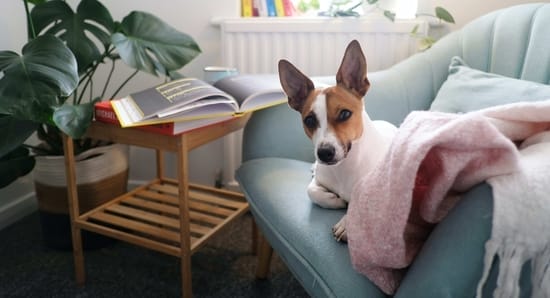Comfort your furry friend by making your home a safe haven. Ensure your dog’s well-being and happiness with these expert tips on creating a secure and cozy living space for them. From pet-proofing your home to providing a designated rest area, we’ll guide you on how to enhance your dog’s comfort and safety within your home. Keep your canine companion content and secure with these vital strategies.
Key Takeaways:
- Designate a safe space: Provide your dog with a designated area where they can retreat to when they feel overwhelmed or anxious.
- Remove hazards: Keep your home free of small objects, electrical cords, poisonous plants, and other potential hazards that could harm your dog.
- Establish a routine: Dogs thrive on routine, so establish consistent feeding times, walking schedules, and playtime to create a sense of security and comfort for your dog.
Assessing Your Home Environment
Identifying Potential Hazards
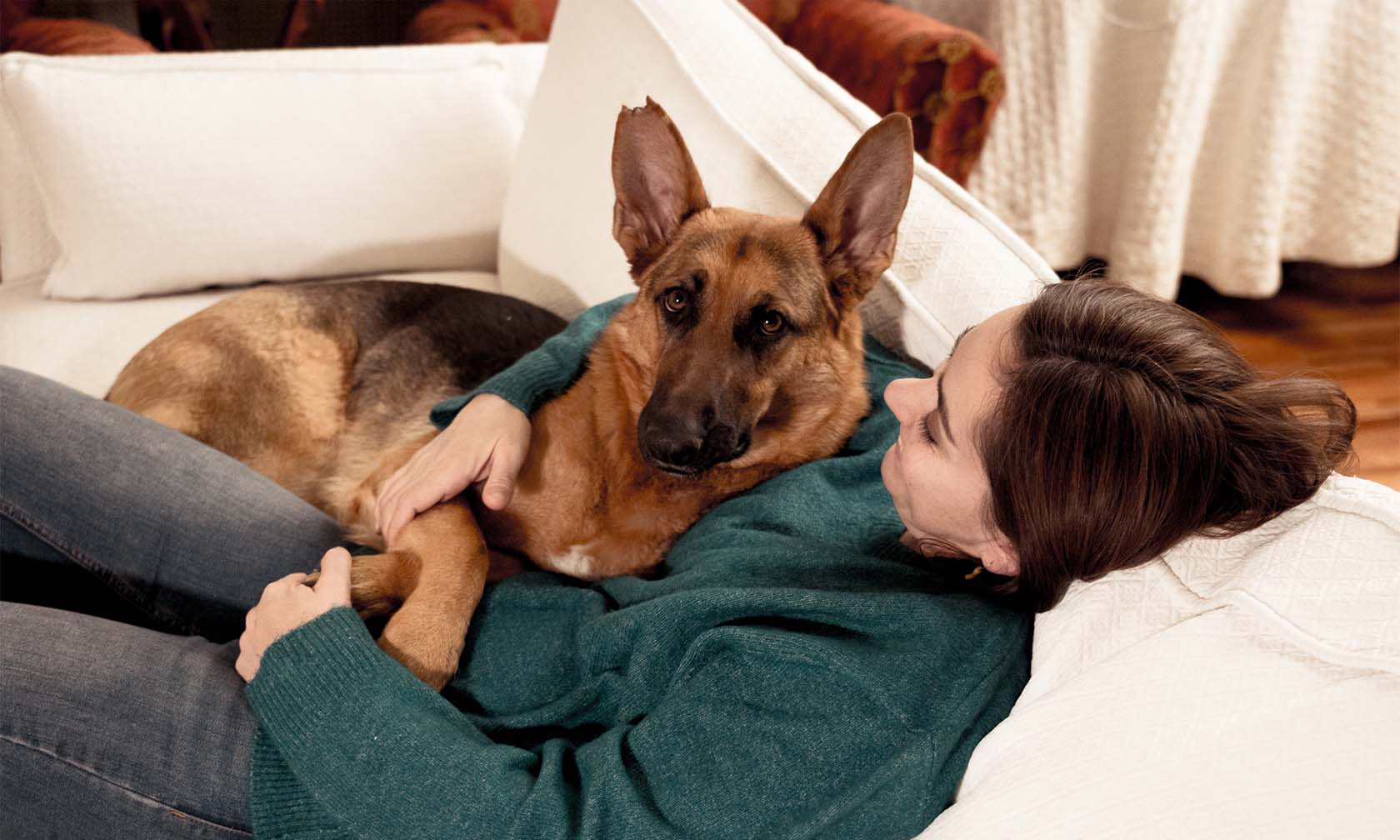
Potential hazards in your home can pose serious risks to your dog’s safety and well-being. Take a thorough look around your home to identify any potential dangers that could harm your furry friend. This includes items such as toxic plants, small objects that can be swallowed, electrical cords, sharp edges, and any chemicals that are within reach.
Evaluating Your Dog’s Needs and Preferences
Understanding your dog’s needs and preferences is important in creating a safe and comfortable home environment for them. Consider factors such as your dog’s size, age, breed, energy level, and any health conditions they may have. Additionally, take into account your dog’s likes and dislikes when setting up their living space, such as a cozy bed, favorite toys, and access to water and food bowls.
The more you know about your dog’s individual needs and preferences, the better equipped you will be to make your home a place where they can thrive and be happy.
Creating a Safe Space
Secure Fencing and Barriers
For your dog’s safety, it is crucial to have secure fencing or barriers around your property to prevent them from wandering off or getting into potentially dangerous situations. Make sure the fencing is high enough that your dog can’t jump over it and that there are no gaps or holes they can slip through.
Removing Toxic Substances and Choking Hazards
Hazards such as toxic substances and choking hazards pose a serious threat to your dog’s well-being. Take the time to go through your home and yard to identify and remove any potentially harmful items that your dog could ingest or get tangled in.
.png)
Plus, be mindful of smaller items like choking hazards that your dog could accidentally swallow, such as small toys, batteries, or household items. Keep these out of reach or stored away securely to avoid any incidents.
Electrical Safety and Outlet Protection
Hazards related to electrical safety and exposed outlets can be dangerous for your curious pup. Cover outlets with safety caps and keep cords out of reach to prevent your dog from chewing on them and risking electric shock. Consider using cord organizers to keep wires neatly tucked away.
Fencing off any areas with exposed electrical wiring or outlets can also help prevent accidents. Regularly inspect your home for any potential electrical hazards and address them promptly to create a safer environment for your dog.
Comfort and Convenience
Providing Adequate Bedding and Resting Areas
Adequate bedding and resting areas are imperative for your dog to feel comfortable and secure in their home environment. Make sure to provide a cozy bed or cushioned mat in a quiet corner of your home where your dog can rest undisturbed. Dogs, like humans, appreciate having a designated space where they can relax and unwind.
Creating a Calming Atmosphere with Music and Aromatherapy
To create a calming atmosphere for your dog, consider playing soft music or using aromatherapy diffusers with calming scents like lavender or chamomile. These can help reduce stress and anxiety in your furry friend, especially during loud noises or when you’re away from home. The soothing sounds and scents can create a peaceful environment that promotes relaxation.
This can be particularly helpful for dogs that suffer from separation anxiety or are sensitive to loud noises like thunderstorms or fireworks. By incorporating music and aromatherapy into your dog’s environment, you can help them feel more at ease and secure in their surroundings.
Easy Access to Food, Water, and Hygiene Facilities
Water should always be readily available for your dog throughout the day. Make sure to refill their water bowl regularly and consider placing multiple water stations in different areas of your home to ensure easy access. Additionally, provide a clean and comfortable feeding area for your dog where they can enjoy their meals without any disruptions.
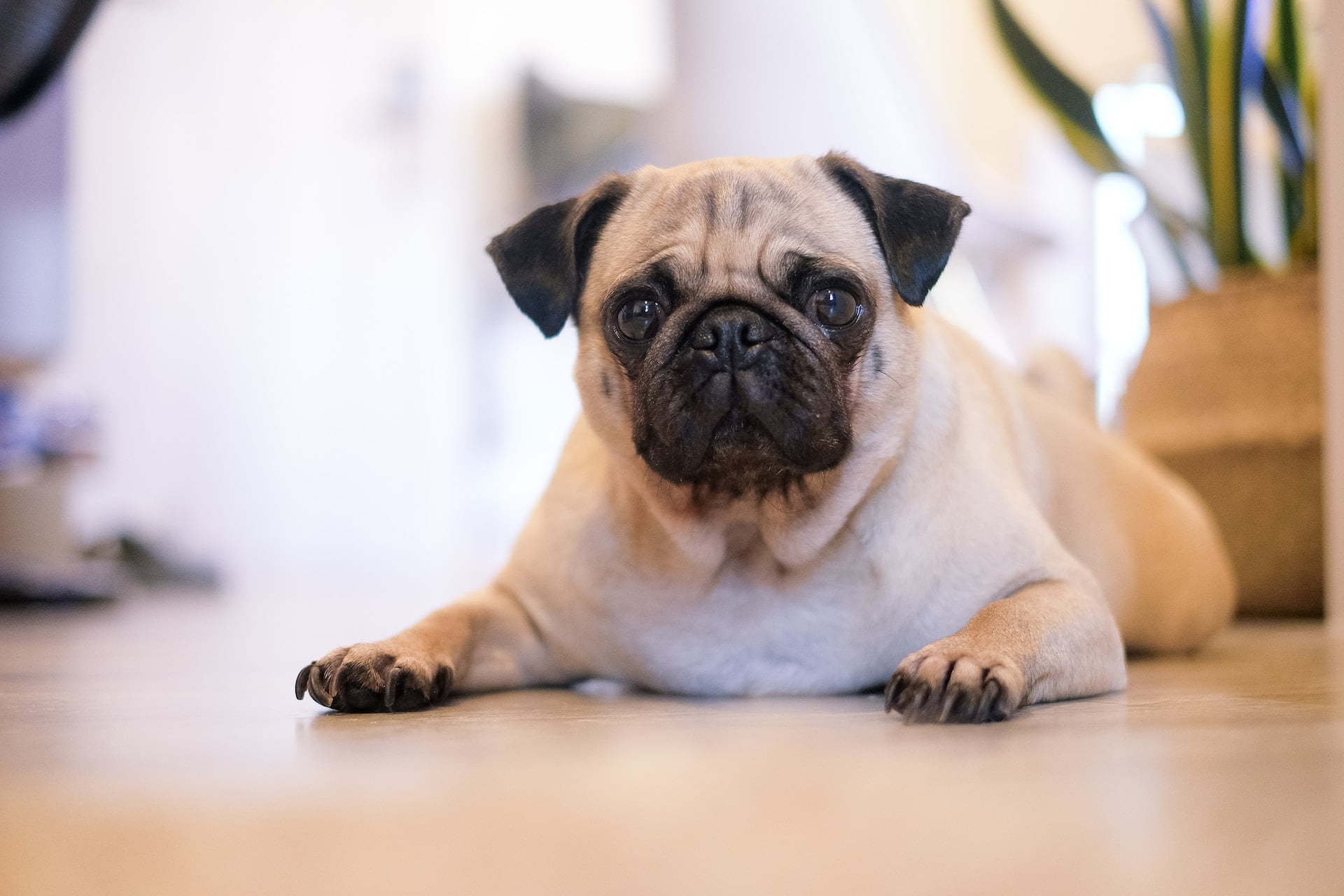
Food should be served at consistent times each day to establish a routine for your dog. Access to hygiene facilities, such as a designated potty area or litter box, should also be easily accessible to promote good bathroom habits and overall cleanliness in your home.
Managing Noise and Stress
Reducing External Noise Pollution
To create a safe and comfortable home environment for your dog, it’s important to minimize external noise pollution that can cause stress and anxiety. Loud noises from traffic, construction, or even neighbors can be distressing for your furry friend. To reduce these external disturbances, consider using soundproofing techniques such as installing double-pane windows, using heavy curtains, or even white noise machines to muffle loud sounds.
Minimizing Household Chaos and Conflict
An organized and peaceful household is key to keeping your dog stress-free. Dogs are sensitive to their environment, so any chaos or conflict in the home can affect their well-being. Ensure that there is a consistent routine in place, clear boundaries for behavior, and a calm atmosphere overall. Additionally, be mindful of any conflicts between family members or other pets, as this tension can also impact your dog’s stress levels.
Note, your dog looks to you for guidance and reassurance, so it’s important to maintain a harmonious environment within your household.
Creating a Quiet Retreat for Your Dog
Another way to manage noise and stress for your dog is to provide them with a quiet retreat where they can relax and unwind. This can be a designated corner in a room, a cozy crate, or a comfortable bed in a quiet area of your home. Make sure this space is off-limits to any loud activities or disruptions, and encourage your dog to retreat to this area whenever they need some peace and quiet.
Pollution
Creating a quiet retreat for your dog not only helps reduce noise pollution but also gives them a sense of security and comfort in their own space. This retreat can serve as a sanctuary where your dog can escape from any stressful situations and feel safe and at ease.
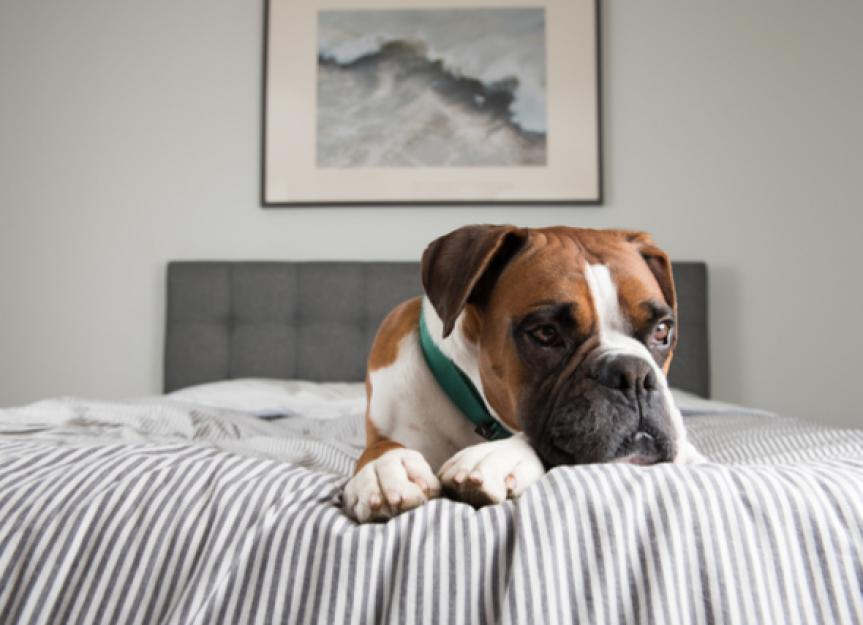
By implementing these strategies to manage noise and stress in your home, you can create a peaceful and safe environment that promotes your dog’s well-being and happiness.
Promoting Exercise and Stimulation
Many dog owners understand the importance of regular exercise and mental stimulation for their furry companions. Designating specific play areas in your home can encourage your dog to engage in activities that keep them physically and mentally active. Providing a variety of toys such as puzzle toys, chew toys, and interactive toys can also help keep your dog entertained and mentally sharp.
Designating Play Areas and Providing Toys
On top of having a designated play area in your home, it’s necessary to provide your dog with a variety of toys to keep them engaged. Interactive toys that dispense treats can be especially stimulating for your dog, as they have to figure out how to access the treats. Additionally, rotating toys frequently can prevent your dog from getting bored and ensure that they stay mentally active.
Encouraging Physical Activity and Mental Stimulation
Encouraging physical activity and mental stimulation is crucial for your dog’s overall well-being. Regular walks, runs, or play sessions can help keep your dog physically fit and prevent behavioral issues that may arise from boredom. Mental stimulation, such as training sessions or puzzle games, can also provide the mental challenge your dog needs to stay sharp and focused.
Play
On top of physical exercise, engaging in playtime with your dog is an excellent way to bond and provide mental stimulation. Whether it’s a game of fetch, tug-of-war, or hide-and-seek, interactive play sessions can be both enjoyable and beneficial for your dog’s mental health.
Rotating Activities and Enrichment Strategies
Promoting a variety of activities and enrichment strategies can prevent your dog from becoming bored and help them thrive in your home environment. Rotate different activities such as obedience training, agility courses, or scent games to keep your dog mentally engaged and excited about learning new things. Additionally, providing interactive feeders or food puzzles can turn mealtime into a mentally stimulating activity for your dog.
It’s necessary to remember that every dog is unique, so be sure to experiment with different activities and toys to see what your dog enjoys the most. By promoting exercise and mental stimulation in your home, you can create a safe and comfortable environment that meets all of your dog’s needs.
Maintaining a Clean and Healthy Environment
Regular Cleaning and Disinfection Schedules
Cleanliness is crucial when it comes to creating a safe and comfortable home environment for your dog. Not only does regular cleaning help prevent the spread of germs and diseases, but it also ensures that your furry friend is living in a healthy space. Establish a cleaning schedule that includes vacuuming, mopping, and disinfecting surfaces that your dog comes into contact with frequently, such as their bedding, crates, and toys.
Managing Waste and Odors
Keeping your dog’s living area free of waste and odors is vital for both your pet’s health and your own comfort. Healthy waste management practices, such as promptly cleaning up after your dog and properly disposing of waste, can prevent the spread of bacteria and parasites. Additionally, using odor neutralizers and air purifiers can help keep your home smelling fresh and clean.
It’s important to address waste and odors promptly to create a hygienic environment that both you and your dog can enjoy. By staying on top of cleaning tasks and implementing proper waste management techniques, you can ensure a clean and healthy living space for your furry companion.
Monitoring for Pests and Parasites
Parasites, such as fleas and ticks, can pose a threat to your dog’s health and well-being. Regularly inspect your dog’s fur and living area for any signs of pests, and take preventive measures to keep them at bay. Implementing a flea and tick prevention plan, such as using topical treatments or collars, can help protect your dog from these harmful parasites.
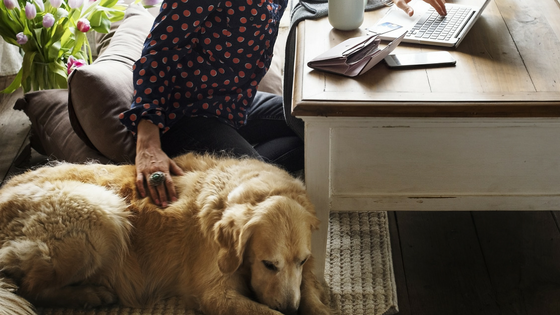
Conclusion
Presently, you have learned the important steps to create a safe and comfortable home environment for your dog. By ensuring your home is secure, identifying hazards, providing a comfortable space, setting up a routine, and offering mental and physical stimulation, you can greatly improve your dog’s quality of life. Be mindful of, your dog’s well-being is directly impacted by the environment you provide, so taking these steps will help ensure your furry friend is happy and healthy in your home.
By implementing these strategies, you can create a space where your dog feels safe, comfortable, and loved. Your efforts to create a suitable environment for your furry companion will not only benefit your dog but also strengthen the bond between you. With a little bit of planning and attention to detail, you can transform your home into a sanctuary where your dog can thrive and live a fulfilling life by your side.
FAQ
Q: How can I create a safe environment for my dog at home?
A: To create a safe environment for your dog at home, make sure to remove any toxic plants, chemicals, and small objects that could be a choking hazard. Keep electrical cords hidden or out of reach, and secure any potential escape routes like doors or windows. It’s also important to provide a comfortable and designated space for your dog to rest and relax.
Q: What are some ways to make my home comfortable for my dog?
A: To make your home comfortable for your dog, provide a cozy bed or blanket in a quiet corner where they can retreat to when they need some alone time. Make sure they have access to clean water and food at all times, and consider providing interactive toys or chews to keep them entertained. Regular walks and exercise are also important for their physical and mental well-being.
Q: How can I help my dog feel more at ease in our home environment?
A: To help your dog feel more at ease in your home environment, establish a routine for feeding, walking, and playtime. This will help them feel secure and know what to expect each day. Positive reinforcement training techniques can also help build trust and strengthen your bond with your dog. Lastly, be patient and understanding as your dog adjusts to their new surroundings, and provide plenty of love and affection to help them feel safe and loved.

